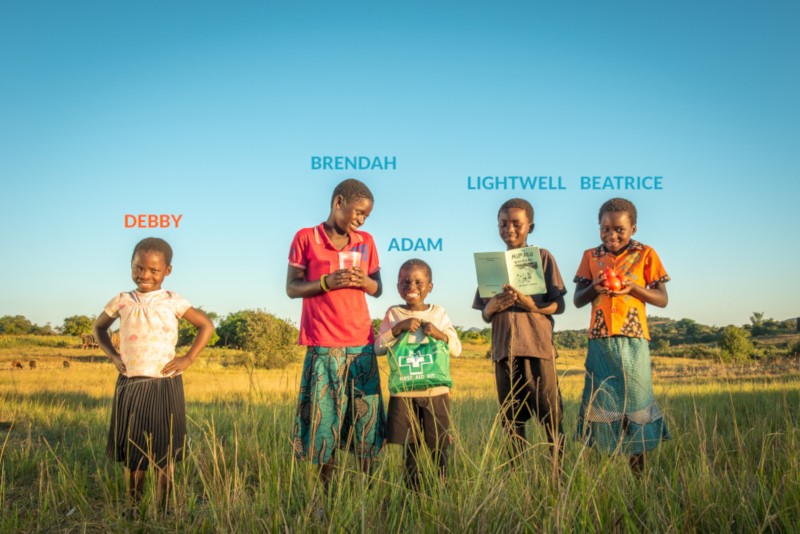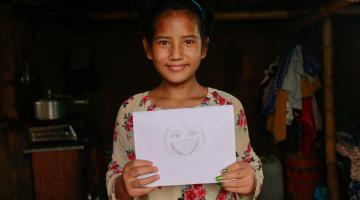How effective are World Vision's programmes?
How effective are World Vison's programmes, really? Over the last five years, and in collaboration with The Nielsen Company and IPSOS, two leading market research companies, we analysed over 250 programme reports covering millions of people to assess the effectiveness of our programmes. These were some of the findings:
Because of our community-focused solutions, for every child you help, 4 more children benefit, too.

How was this calculated? This is based on 1,000 development programmes in 50 countries across all seven of World Vision’s regions. The data are based on averages of the number of sponsored and registered children plus the number of additional children who directly benefitted from World Vision’s programming and are tracked using World Vision’s child monitoring system.
Every 60 seconds, a family gets water.
How was this calculated? This is based on an average of 2.86 million people per year over the last five years (2013-2017) who were reached with access to clean water. An average household of 5 individuals results in 571,746 families per 31.536 million seconds per year resulting in 1.09 family every 60 seconds. The data are published in the World Vision Water, Sanitation and Hygiene Annual Review.
Every 60 seconds, a hungry child is fed.
How was this calculated? This is based on an average of 4.9 million children receiving food assistance per year over the past 4 years. There are 31.536 million seconds in a year, so the figures translate to 1 child per 7 seconds. The data are published in the World Vision Food Programmes Master Report and Summary of Annual Figures.
Every 60 seconds, a family receives the tools to overcome poverty.
How was this calculated? Based on 829,002 new households reached by microfinance interventions in 2016, it can be stated that 1 new household is reached every 38 seconds (829,002 households divided by 31.536 million seconds per year), equivalent to 1.6 households every 60 seconds. In addition, World Vision livelihoods programmes have significant reach both within and beyond our programme areas. In 2016, these programmes supported 463,800 new and existing savings groups members, in addition to training 106,500 farmers in productive and sustainable farming practices. If the number of non-overlapping households reach is considered, the true number being empowered through microfinance loans, savings groups, farmer trainings and other poverty alleviating approaches is likely to be over 1 million, or equivalent to about 2 households every 60 seconds.








